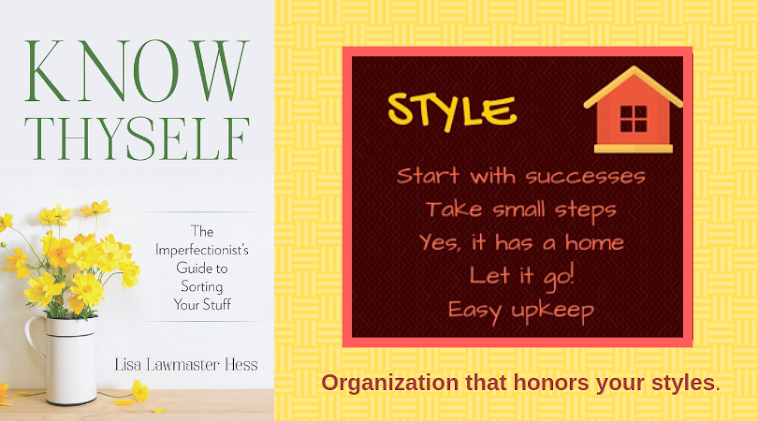 |
| Dodgerton Skillhause via Morguefile |
The perfect planner. In my defense, I use planners for more than planning. I have one that I use for its intended purpose. I use the second one in place of a traditional plan book for school because it's easier to lay out exams and assignment due dates (color coded by class) on a month-by-month calendar. In addition, when I'm tracking how long it takes me to cover a unit, jotting notes in the day-to-day section works.
And then there's my writing calendar, which often gets ignored. Still, I like having an inexpensive planner that I can use to keep track of submissions and ideas, and plan ahead for blog posts. This one doesn't need to be day-by-day; a monthly calendar with big squares and space for notes works best.
Patterned file folders. As an I need to see it person who likes to color code, I quickly run through all the standard colors of file folders. Adding patterns to the mix not only keeps things fun, it helps me to keep things straight; since I'm visual, I associate the color or pattern with the project. In addition, brightly colored supplies stand out against a sea of papers when my desk gets cluttered. I rarely buy these file folders at office supply stores; instead I look for packs of three in the dollar bins at Target or at the dollar store because really, who needs a whole box of them when the whole idea is for them to be unique?
Cool sticky notes or flags. If they're on sale, there's no hope of my leaving the store without them. The temptation is also great if I find a pack that's a different color combo than the ones I already have at home, for much the same reason I like patterned file folders -- more options for differentiating different projects in a very visible manner.
Which aisle in the store do you need to skip if you have any hope of avoiding temptation?












